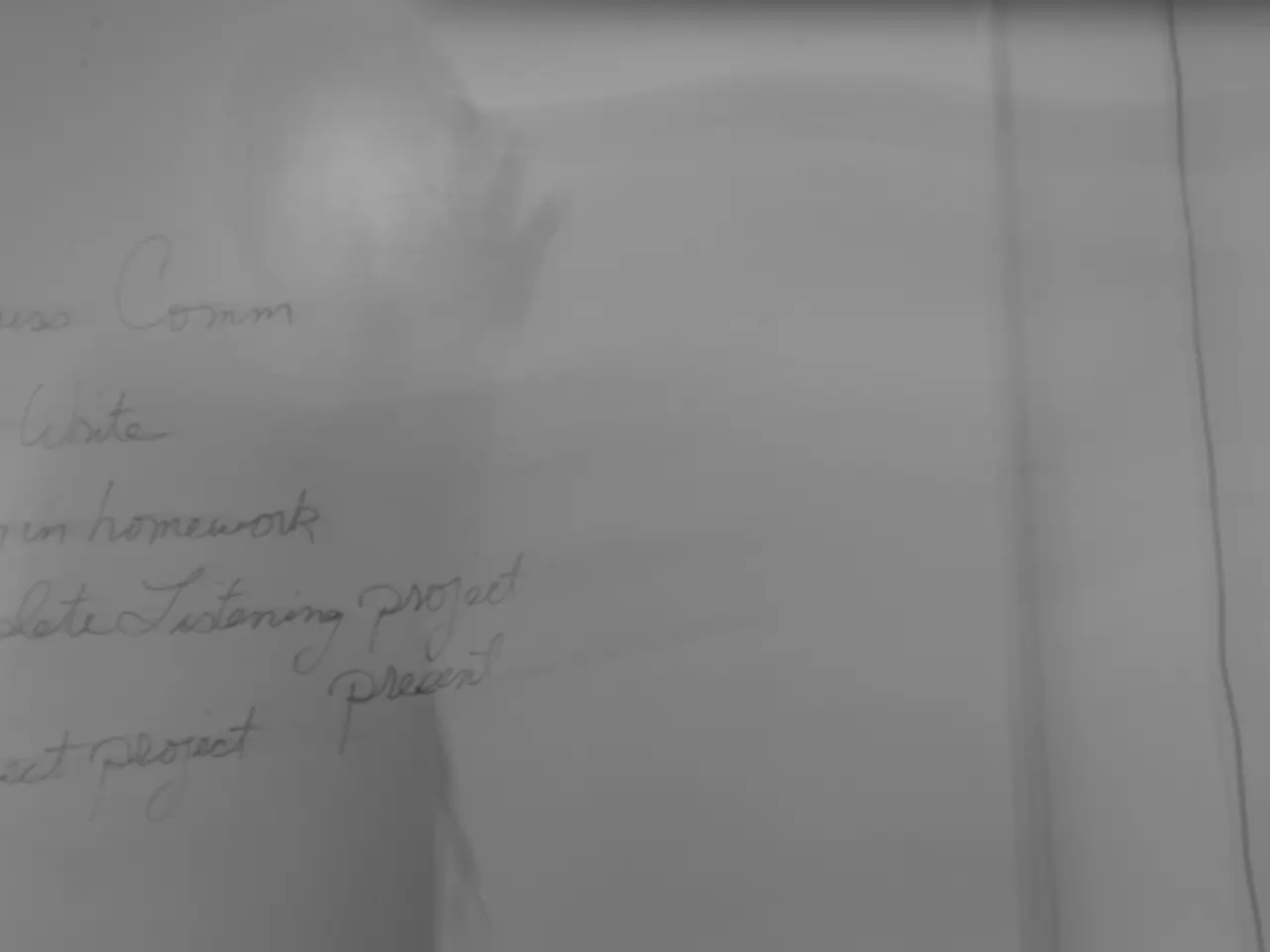Impact of Patents on Market Competition: A Comprehensive Examination
In the realm of intellectual property, patent laws in the United States and Europe differ significantly, shaping innovation and competition in distinct ways.
Patentability Scope
The United States allows broader patent protection, including patents on methods of treatment and software integrated into practical applications, without requiring a technical effect. Conversely, Europe does not patent medical treatment methods and requires software patents to demonstrate a "technical effect" beyond mere computer implementation.
On-Sale Bar and Grace Periods
The U.S. has a stricter on-sale bar that includes confidential sales, a one-year grace period for inventors to disclose inventions before filing without losing patent rights, and a more lenient approach to experimental use. Europe's on-sale bar applies only to public availability, with no general grace period except limited exceptions, and stricter rules regarding experimental use.
Patent Enforcement and Litigation
The U.S. has a unified litigation system, whereas Europe often uses a bifurcated system, particularly in countries like Germany, where infringement and validity are decided in different courts. Europe has introduced the Unitary Patent and Unified Patent Court (UPC) as of 2023, allowing patent holders to secure a single patent enforceable across multiple EU member states, providing greater efficiency but also higher risk.
Patent Duration Extensions and Patent Thickets
Europe offers Supplementary Protection Certificates (SPCs) that provide a limited extension tied directly to regulatory delays, mainly for pharmaceuticals. The U.S. lacks a similarly precise extension mechanism, leading to more use of "patent thickets" to effectively prolong exclusivity, often raising antitrust concerns.
Impacts on Innovation and Competition
The broader patentability and on-sale rules in the United States provide stronger and earlier exclusivity incentives, potentially accelerating innovation investment. However, the absence of a clear extension limit encourages patent thickets, which can create barriers to entry, increasing monopoly power and potentially stifling competition.
Europe's stricter patentability criteria and a more cautious approach to prior art and grace periods encourage focus on truly novel and technically inventive inventions. The Unitary Patent and UPC improve litigation efficiency but increase risk for patent holders. The SPC system limits excessive exclusivity extensions, helping balance innovation incentives with market competition.
Both systems must balance patent exclusivity with antitrust laws to prevent monopolistic behaviors, especially in licensing agreements. The U.S. system faces heightened scrutiny for licensing terms that restrict market competition, reflecting tension between protecting innovation and ensuring a competitive marketplace.
Other Factors
Patents aim to incentivize innovation by ensuring that creators can financially benefit from their inventions without the threat of competition for a limited time. Exclusive licenses can lead to monopolistic activities, while non-exclusive licenses typically foster a more competitive environment.
The costs associated with navigating patent landscapes can be prohibitive for new entrants. The rise of open-source innovations encourages collaboration and knowledge sharing, potentially reducing the negative impacts of patents on competition.
Patents serve to regulate competition by granting temporary monopolies to inventors, which can encourage investment in research and development. Shorter patent durations may foster a more competitive marketplace, allowing new entrants and established firms to innovate or improve upon existing technologies, which can drive down prices and enhance consumer choice.
Established firms might dominate the market, leveraging their patented technologies to maintain a competitive edge over smaller competitors. Patents can create substantial barriers for startups, making it challenging for them to enter markets dominated by established firms. The eventual expiration of patents can prompt a wave of generic competitors, ultimately leading to reduced prices and increased access for consumers.
Patents can stifle competition by deterring new entrants due to existing patents that create barriers to market access. The existence of patents can foster an environment where established firms engage in aggressive defensive strategies, further obstructing startups from gaining market footholds. Longer patent durations can create a protected environment for the innovating company, potentially leading to a monopolistic hold over specific technologies or products, limiting competition.
In conclusion, the United States favors broader protection and earlier exclusivity, sometimes at the cost of competition due to patent thickets. European patent law emphasizes technical rigor, centralized enforcement efficiency (via UPC), and controlled exclusivity extensions, aiming for a balanced ecosystem that supports innovation while limiting anti-competitive risks. These systemic differences shape the strategic behavior of innovators and competitors in each jurisdiction.
- In the context of sporting technology, the stricter patentability criteria in Europe might incentivize the development of groundbreaking and technically inventive equipment, while the broader patentability in the United States could provide stronger market exclusivity for innovative sports-related software or methods of treatment, potentially shaping the competitive landscape of sports technology.
- In the realms of intellectual property and technology, the broad protection allowed in the United States for e-contracts might inspire greater competition and innovation in digital service providers, while Europe's approach, requiring a "technical effect" beyond mere computer implementation, could encourage the development of unique and technically advanced e-contract platforms in various sectors, including sports.




